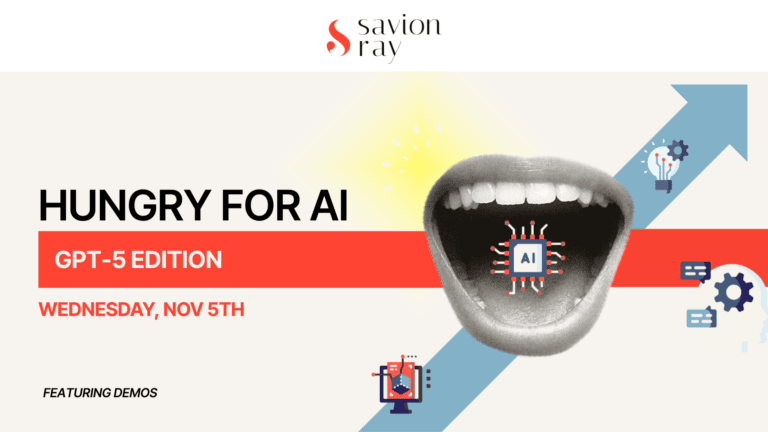Change is an inevitable, often desirable part of life — but it’s also often an uncomfortable one. To overcome narrative change resistance on a societal level, it’s essential to understand what might prevent people from embracing it. Read on to discover the primary factors behind the resistance to change, then learn the best narrative change management strategies for a smooth transition.
The cognitive biases behind the resistance to change
Cognitive biases are preconceptions that affect the way people think and process information. For example, a stereotype is an example of a cognitive bias that affects the way someone perceives and treats other people. Status quo bias, loss aversion, and confirmation bias are all cognitive biases that strongly affect narrative change resistance.
Status quo bias
Status quo bias is a preference for the way things currently are, even if a potential change promises better outcomes. Stemming from a fear of the unknown and the comfort of the familiar, status quo bias can be summarised through the common saying, “Better the devil you know than the devil you don’t”.
How to address status quo bias
- Emphasise the benefits: Show how the proposed change will bring meaningful improvements. When attempting to overcome change resistance, highlight the positive aspects of the desired narrative.
- Provide a clear plan: Since status quo bias hinges on uncertainty, be specific with your intentions. A clear transition roadmap can ease fears and reduce doubts around the narrative change you’re trying to create.
Loss aversion
Loss aversion is the tendency for people to feel more strongly about losses than they would about equivalent gains. This results in narrative change resistance due to people not wanting to lose what they already have, even if they stand to reap significant rewards.
How to address loss aversion
- Focus on what isn’t changing: People want reassurance that their whole world isn’t going to flip upside down. Emphasise the balance in your proposed narrative change to remind audiences that not everything they value will be lost.
- Highlight long-term gains: The short-term stresses and discomfort of narrative change often lead to greater long-term benefits on a society-wide level. Showcasing how your audience stands to benefit overall can help reduce their temporary anxieties and empower them to cope with change. “A rising tide lifts all boats.”
Confirmation bias
Confirmation bias refers to how people tend to prefer information that reflects their beliefs. Rather than challenge themselves with new viewpoints, they instead find comfort in having their opinions affirmed. Once confirmation bias sets in, it can be very difficult to overcome.
How to address confirmation bias
- Present diverse viewpoints: Exposing people to different views is the first step towards getting them to rethink their own.
- Provide verifiable data: Audiences affected by confirmation bias will hold opposing viewpoints to much higher levels of scrutiny. Overcome this challenge with data backed by a variety of sources.
- Don’t judge: Confirmation bias can cause people to feel personally attacked when their views are challenged. Use non-judgmental language to reduce the likelihood your audience will perceive your narrative as threatening.

The emotional aspects of change resistance
Resistance to change is influenced as much by emotions as it is by the cognitive biases we hold. The following strategies give audiences much-needed emotional resources to cope with change and adapt to new narratives.
- Empathise with your audience. Understand that people’s fears regarding change are very real to them. Validate these feelings and understand that narrative change, no matter how positive, can evoke significant emotional stress.
- Offer support. Create spaces and channels for people to discuss their feelings and receive support. This can be online via social media, in-person at events, or via a blend of digital and live experiences.
- Involve change champions. Change champions are key opinion leaders (KOLs) — people with the reach and power to affect the way other people think and behave. Leveraging change champions in a narrative change campaign enables them to serve as positive examples to the rest of the audience, reducing anxiety and increasing support.
- Communicate often. Engage audiences on multiple touchpoints: social media, newsletters, blogs, video, and events. Consistent, transparent communication overcomes change resistance by reducing uncertainty and building trust.
5 top narrative change management strategies
Effective change management strategies align change agents, stakeholders, and audiences in a united purpose. Include the following strategies in your next campaign to help your audience overcome narrative change resistance.
- Set clear goals. Before kicking off a campaign, define the objectives and expected outcomes. Quantify these if possible. A clear sense of direction will emerge when everyone understands what the proposed narrative change is meant to achieve.
- Leverage emotions. Centre your change campaign around a core emotional message based on something your audience is passionate about. Emotions are powerful factors in decision-making. Use emotional storytelling to evoke specific feelings and responses in your audience, and you’ll more easily win them over to your side.
- Get stakeholders involved. Narrative change, especially on the countrywide or regional level, relies on the support of stakeholders and key decision makers such as legislators. Engage stakeholders in the transition by inviting them to participate in the conversation — giving them a sense of control over the outcome. People are more willing to adapt to change when they feel as though they’ve had a say.
- Celebrate small victories. Narrative change doesn’t happen overnight, but instead results from a series of incremental shifts. Commemorate each win, no matter how small it may seem, to build ongoing success and maintain positivity.
- Provide training and education. Help people adapt to change by giving them the tools and knowledge they need for success. Workshops, courses, seminars, and even whitepapers are all critical knowledge-sharing assets.

How understanding and empathy drive progress
Successful narrative change agents are proactive in addressing the cognitive and emotional factors behind change resistance. Sustainable change requires nuance, patience, empathy, and commitment. Meet your audience where they are to establish the building blocks of trust.
Understand the roadblocks on the path to change, and you empower yourself with the option to plan ahead and overcome them. This crucial first step towards transforming change resistance into acceptance gives people the resources they need to embrace change as a positive opportunity for growth.
Is there a narrative out there that you’d like to change? Let us know. We’d love to tell your story.



